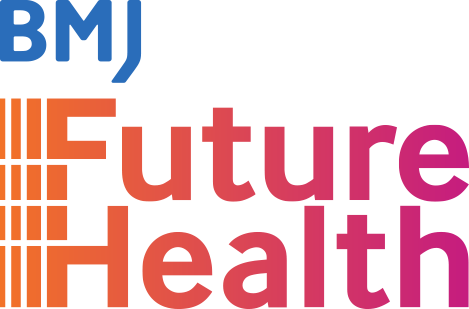Empowering or Excluding? The impact of digital technology on public health
As digital health technology becomes more widespread, is it truly advancing equitable access to healthcare or widening existing gaps? Should technology itself be considered a social determinant of health?
In this thought-provoking webinar, our panel of experts will examine the impact of healthcare technology on equity through the case study of wearables. Do these innovations empower individuals and communities with real-time health data to live healthier lives, or do they unintentionally contribute to health anxiety, strain healthcare systems, and deepen disparities in access? Join us to explore the promises and pitfalls of wearables in the digital health revolution.
Experts:
- Sam Shah, CMO, The Ivory Clinic
- Elizabeth Anderson, CEO, Digital Poverty Alliance
- Stefan Buttigieg, Specialist in Public Health Medicine, Ministry of Health and Active Ageing in Malta
- Adam Abbs, Medical Director, Hurdle
- Keyrellous Adib, Technical officer, World Health Organisation
Summary of the webinar:
This webinar, hosted by Sam Shah, explored the role of technology in public health, specifically whether it is empowering or excluding certain populations. The discussion focused on digital poverty, health inequalities, and the role of social media and digital access in shaping public health outcomes.
Key Learnings
1. Understanding Digital Poverty and Its Health Implications
Definition: Digital poverty is the inability to access online services when, where, and how an individual needs due to affordability, infrastructure gaps, digital literacy, or accessibility issues.
Who is affected?
- Older adults are the most impacted, especially those requiring healthcare services frequently.
- Young working-age adults and low-income groups are also significantly affected.
- Women are 22% more likely to experience digital poverty than men in the UK.
- Rural populations face infrastructure and literacy challenges affecting their access to digital health services.
2. The WHO’s Findings on Digital Health Equity
- A WHO scoping review identified that place of residence, socioeconomic status, age, gender, and disability significantly impact digital health access.
- Older adults, despite needing healthcare services the most, are less likely to engage with digital health due to digital literacy gaps.
- Governance matters – Countries with dedicated digital health inclusion plans have better health outcomes.
- Engagement data is lacking – Many digital health services do not measure how well different populations engage with them.
3. The Role of Digital Health in Public Health
- Digital health is becoming a fundamental social determinant of health, much like housing and sanitation.
- Digital literacy among healthcare professionals is crucial – They act as proxy agents who help patients navigate digital healthcare.
- Health systems should provide alternative, non-digital routes for individuals who cannot or choose not to use digital health services.
4. Digital Health Policy and Infrastructure Gaps
- Inconsistent digital maturity across healthcare providers creates disparities in access.
- Lack of standardization in digital health platforms results in confusion and inefficiency for patients and providers.
- Infrastructure challenges in rural areas remain a significant barrier, particularly in Central Asia and parts of Europe.
5. The Role of Social Media in Public Health
- Social media is a double-edged sword:
- Empowers: It can provide credible health information and increase engagement.
- Excludes: It can contribute to misinformation and widen health inequalities.
- Collaboration with tech companies is essential to promote credible sources and combat misinformation.
Key Takeaways
- Digital health is an enabler but also a barrier – It can improve access but may exacerbate existing health inequalities if not implemented equitably.
- Governments must develop cross-sector digital health inclusion plans – Health, education, and employment policies must align to reduce digital poverty.
- Digital literacy programs for both the public and healthcare professionals are essential for effective implementation.
- Healthcare providers must ensure multiple channels of access – Digital-first strategies should not eliminate face-to-face or telephone-based options.
- Industry collaboration is key – Private sector innovation drives new digital health solutions, but policymakers must regulate access and equity.
- Standardization is needed – A centralized digital health platform could streamline access to healthcare and reduce confusion for both patients and clinicians.
- Social media plays a crucial role – Public health organizations should work with platforms to amplify credible sources and combat misinformation.
Future Directions
- Development of digital health as a medical specialty – Similar to GPs with special interests in women’s health, digital health specialists could support digital inclusion efforts.
- Expansion of digital health infrastructure in rural and underserved areas.
- More research on digital health accessibility to guide policy and technology design.
- Integration of AI and automation tools to assist people with digital literacy challenges.
- This webinar provided a deep dive into digital health inequalities and highlighted solutions for bridging the digital divide in public health. It reinforced the need for multisector collaboration, policy innovation, and sustained investment in digital literacy and infrastructure.


